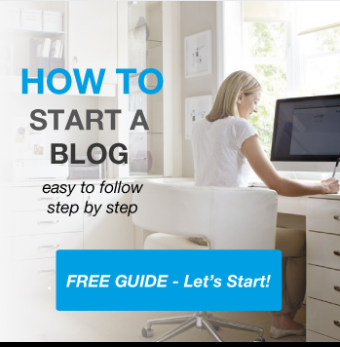The Complete Responsive CMS Blog created by Francesco Malagrino

Implementing RESTful APIs: A Comprehensive Guide to Request Handling, Data Serialization, Security, and Testing
Category: Rest & Written by Francesco Malagrino On June-06-2023 21:31:46
Introduction:
In our previous blog post, we explored the fundamentals of RESTful APIs and their key principles. Now, it's time to dive deeper into the implementation aspects of RESTful APIs. In this blog post, we will cover essential topics such as request handling, data serialization, security, and testing. By understanding these implementation details, you'll be well-equipped to build robust and efficient RESTful APIs. Let's get started!
Request Handling:
Request handling forms the backbone of any RESTful API. We'll explore various aspects of request handling, including:
Routing: Designing a logical and intuitive URL structure to map requests to appropriate endpoints.
HTTP Methods: Understanding when to use GET, POST, PUT, PATCH, and DELETE methods based on the intended operation.
Request Validation: Implementing validation logic to ensure the integrity and consistency of incoming data.
Error Handling: Handling errors gracefully by providing appropriate HTTP status codes and error messages.
Data Serialization:
Data serialization plays a crucial role in transferring data between clients and servers. We'll delve into different data serialization formats, such as JSON and XML, and discuss:
Serialization and Deserialization: Converting data objects to a serialized format for transmission and reconstructing them on the receiving end.
Handling Complex Data Structures: Strategies for dealing with nested objects, arrays, and relationships between resources.
Content Negotiation: Supporting multiple data formats and allowing clients to specify their preferred format.
Security:
Securing RESTful APIs is of paramount importance to protect sensitive data and prevent unauthorized access. We'll explore key security considerations, including:
Authentication: Implementing various authentication mechanisms, such as token-based authentication, OAuth, or JWT (JSON Web Tokens).
Authorization: Defining access controls and permissions to restrict API access based on user roles and privileges.
Secure Communication: Utilizing HTTPS (HTTP Secure) to encrypt data transmission and prevent eavesdropping and tampering.
Testing:
Thorough testing ensures the reliability and functionality of RESTful APIs. We'll cover different testing techniques and tools, including:
Unit Testing: Writing tests to validate individual API endpoints and their expected behavior.
Integration Testing: Verifying the interactions between different components of the API, including databases and external services.
Load Testing: Assessing the API's performance and scalability under various traffic conditions.
Security Testing: Identifying vulnerabilities and weaknesses in the API's security implementation.
Conclusion:
Implementing RESTful APIs involves understanding the intricacies of request handling, data serialization, security, and testing. By mastering these implementation aspects, you can build robust and efficient APIs that meet the needs of your application and users. In our next blog post, we will explore advanced topics such as API versioning, documentation, and deployment strategies, taking your RESTful API knowledge to the next level. Stay tuned for more insights into the fascinating world of RESTful API implementation!
Share
Comments

Categories
Recent Posts


Deep Dive into REST: Understanding RESTful APIs and Best Practices
June-06-2023 21:30:26

Exploring the Sealed Classes
June-06-2023 21:07:07

Pattern Matching for Switch:
May-31-2023 12:24:03

Exploring the Exciting Features of Java 19
May-29-2023 23:45:46